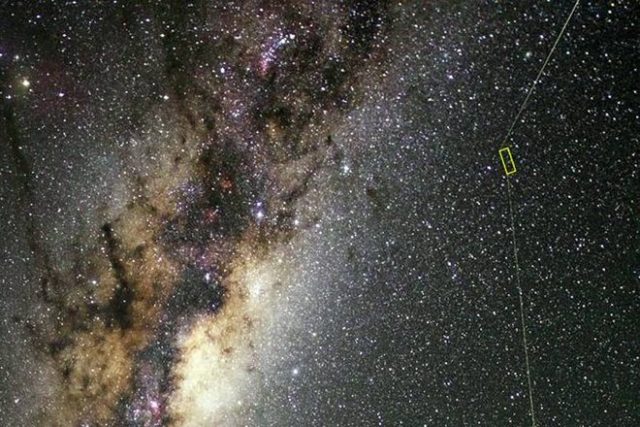MI weekly selection #305

Astronomers identify star with clues to early days of universe
A nearby star may have been around since shortly after the Big Bang and could help astronomers learn more about what the universe was like back then. The star, 2MASS J18082002-5104378 B, is thought to be approximately 13.5 billion years old.
Bodies burn more calories later in the day
Calorie burn is about 10% greater in the late afternoon-early evening time period. Researchers sequestered volunteers in a windowless lab without access to phones or internet for over a month to measure their metabolic rate based on their internal clocks.
Activity between hippocampus, amygdala may indicate worsening mood
Activity in a network that links the hippocampus and the amygdala may signal when someone’s mood is worsening. “When there’s a lot of activity in this network, mood is negative,” said study co-author Dr. Vikaas Sohal.
Scientists eye Weyl metals as way to study dynamos
Weyl metals, topological materials in which electrons behave in strange ways, may help researchers better understand dynamos, which produce Earth’s magnetic field. Scientists say they may be able to create a dynamo in the lab using Weyl metals.
Cannabis use disturbs adolescent brain maturation
Exposure to cannabis may affect how adolescent brains mature. Studies suggest that cannabis increases dopaminergic activity signals in the brain and reduces the quantity of inhibitory neurons in the prefrontal cortex.